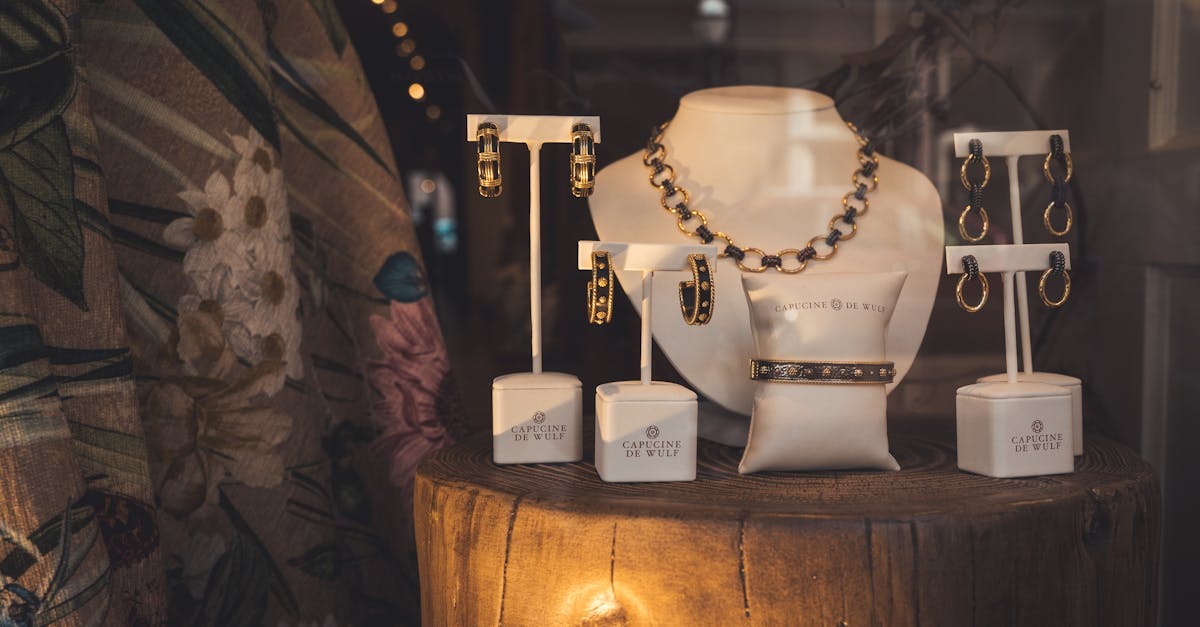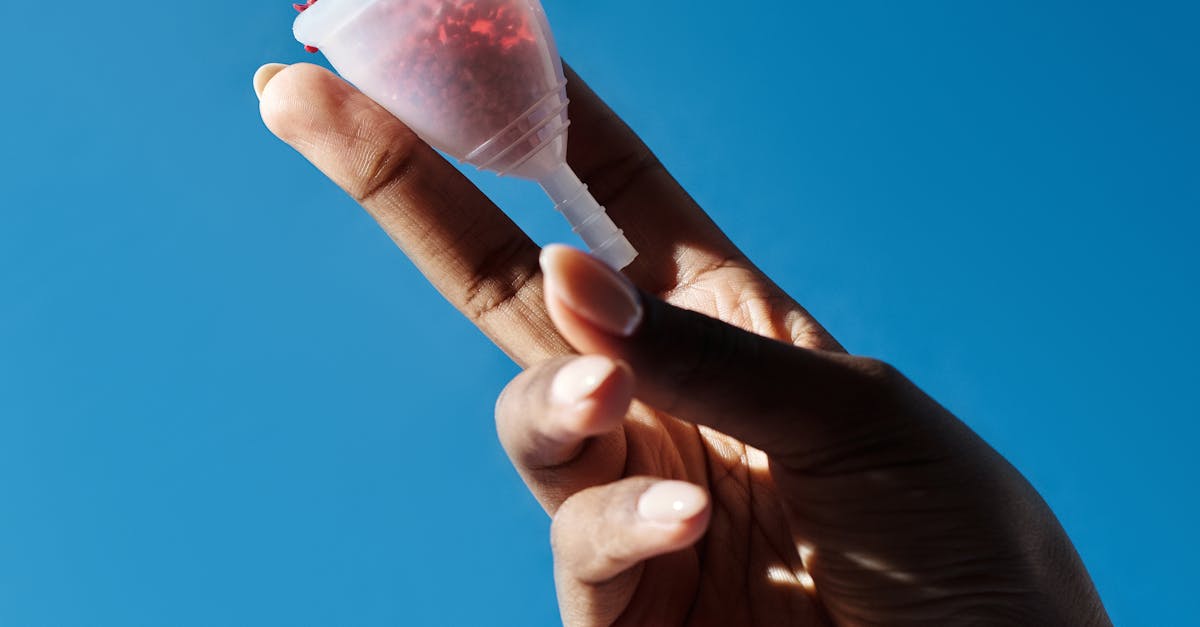The Golden Loop: How Recycling Transforms Gold into a Force for Sustainability

In the world of precious metals, gold stands as a shining beacon of value and allure. Its enduring appeal has made it a prized possession for centuries, adorning jewelry, embellishing artwork, and serving as a store of value. However, the traditional methods of gold acquisition – mining and extraction – come with a significant environmental toll. Enter gold recycling, an innovative approach that transforms discarded gold into a valuable resource, offering a more sustainable and ethical alternative to mining.
Gold recycling breathes new life into old jewelry, electronics, and other gold-bearing items, diverting them from landfills and reducing the demand for newly mined gold. This process not only conserves natural resources but also significantly reduces the environmental footprint associated with mining, from the energy-intensive extraction process to the release of toxic chemicals. By embracing gold recycling, we can unlock the beauty and value of gold while safeguarding our planet for future generations.
Moreover, gold recycling promotes responsible consumption and ethical sourcing. Recycled gold ensures that the precious metal we cherish is not tainted by practices like child labor or environmental degradation. It empowers consumers to make conscious choices, knowing that their gold purchases align with their values of sustainability and ethical practices. As we collectively embrace gold recycling, we pave the way for a more circular economy, where resources are valued, waste is minimized, and the environment is protected.
Key Insights
-
Gold recycling promotes a circular economy: By diverting discarded gold from landfills and reintroducing it into the supply chain, gold recycling reduces the need for mining and minimizes waste.
-
Recycled gold has a positive impact on the environment: Gold recycling significantly reduces greenhouse gas emissions, water consumption, and land disturbance compared to traditional mining methods.
-
Ethical and sustainability advantages: Choosing recycled gold helps minimize child labor and protects biodiversity by reducing the demand for newly mined gold.
-
Technological advancements enhance recycling efficiency: Innovations in gold refining techniques, such as eco-friendly leaching methods and AI-driven optimization, maximize gold recovery and minimize waste during the recycling process.
-
Consumer choices drive responsible gold consumption: Increasing consumer awareness about the benefits of recycled gold and promoting responsible sourcing practices can influence market demand and encourage businesses to adopt sustainable practices throughout the gold supply chain.
1. Introduction: The Rise of Gold Recycling in the Circular Economy
The concept of a circular economy has gained immense traction in recent years, offering a sustainable alternative to the traditional linear economic model of “take-make-dispose.” At its core, a circular economy aims to minimize waste and maximize resource utilization by keeping materials in use for as long as possible. Gold, with its inherent value and durability, plays a pivotal role in this circular approach.
Gold recycling embodies the principles of a circular economy, transforming discarded gold into a valuable resource. By diverting gold from landfills and reintroducing it into the supply chain, we reduce the need for mining, conserving natural resources and minimizing the environmental impact associated with extraction. Moreover, gold recycling promotes the concept of closed-loop manufacturing, where materials are continuously reused and repurposed, creating a more sustainable and resilient economic system.
As consumers become increasingly conscious of their environmental impact, the demand for recycled gold is on the rise. This growing preference for sustainable practices is driving innovation in gold recycling technologies, leading to more efficient and cost-effective methods of recovering gold from various sources, including electronic waste and discarded jewelry. The rise of gold recycling is not just a trend; it’s a fundamental shift towards a more sustainable and circular approach to gold consumption.
2. Gold Market Dynamics: Impacts on Supply and Demand

The dynamics of the gold market are intricately linked to the interplay between supply and demand. Gold recycling plays a significant role in shaping these dynamics, influencing both the supply of gold available in the market and the demand for newly mined gold.
On the supply side, gold recycling effectively increases the availability of gold without the need for additional mining. Recycled gold enters the market as a new source of supply, supplementing the gold mined from traditional sources. This increased supply can put downward pressure on gold prices, as more gold becomes available to meet demand.
On the demand side, gold recycling can influence demand for newly mined gold. When recycled gold is readily available and cost-effective, consumers and industries may opt for recycled gold over newly mined gold. This reduced demand for mined gold can lead to lower prices and encourage more sustainable practices in the gold industry. Moreover, gold recycling promotes the concept of responsible consumption, as consumers become more aware of the environmental and ethical implications of their gold purchases.
3. Environmental Implications: Reducing Mining’s Footprint
The environmental benefits of gold recycling are undeniable. Compared to traditional gold mining, recycling gold requires significantly less energy, water, and land, resulting in a dramatically reduced environmental footprint.
Gold mining is an energy-intensive process, consuming vast amounts of electricity and fossil fuels to power machinery and extract gold from ores. Gold recycling, on the other hand, requires far less energy, as it involves refining and reusing existing gold rather than extracting it from the earth. This reduced energy consumption translates to lower greenhouse gas emissions, mitigating the impact on climate change.
Water consumption is another major concern associated with gold mining. Mining operations often require large amounts of water for various processes, including ore extraction and processing. Gold recycling, however, significantly reduces water consumption by eliminating the need for these water-intensive processes. By recycling gold, we can conserve this precious resource and protect aquatic ecosystems.
4. Diversification of Gold Sources: Ethical and Sustainable Implications

Gold recycling not only offers environmental benefits but also ethical and sustainability advantages over traditional gold mining. By choosing recycled gold, we can help reduce the demand for newly mined gold and mitigate the associated risks to human rights and the environment.
One of the most pressing ethical concerns associated with gold mining is child labor. In some parts of the world, children are forced to work in dangerous and exploitative conditions in gold mines. Gold recycling provides an alternative source of gold that does not involve child labor, ensuring that the precious metal we cherish is not tainted by such unethical practices.
Gold mining can also have detrimental impacts on biodiversity and ecosystems. Mining operations often involve deforestation, habitat destruction, and water pollution, threatening the survival of wildlife and plant species. Gold recycling, on the other hand, helps protect biodiversity by reducing the need for new mining operations and preserving natural habitats.
5. Innovation and Technology: Advancements in Gold Refining
Technological advancements are continuously revolutionizing the gold refining process, enhancing both efficiency and sustainability. These innovations play a crucial role in maximizing gold recovery and minimizing waste during the recycling process.
One significant advancement is the development of more efficient gold leaching techniques. Traditional leaching methods rely on harsh chemicals that can generate hazardous waste. However, newer techniques employ environmentally friendly solvents and advanced electrochemical processes that minimize chemical usage and waste production.
Another innovation is the use of artificial intelligence (AI) and machine learning algorithms in gold refining. AI systems can analyze vast amounts of data to optimize process parameters, reduce energy consumption, and improve gold recovery rates. This data-driven approach leads to increased efficiency and reduced waste throughout the refining process.
6. Consumer Awareness and Behavior: Promoting Responsible Gold Consumption
Consumer awareness and behavior play a pivotal role in driving demand for recycled gold and promoting responsible gold consumption practices. Educated consumers can make informed choices that support sustainability and ethical sourcing in the gold industry.
Increasing consumer awareness involves educating them about the environmental and social impacts of gold mining and the benefits of recycled gold. This can be achieved through various channels, such as media campaigns, educational programs, and certification schemes that promote responsible gold sourcing.
When consumers understand the positive impact of choosing recycled gold, they can make purchasing decisions that align with their values. By demanding recycled gold, consumers create a market incentive for businesses to prioritize sustainable practices throughout the gold supply chain.
7. Conclusion: Gold Recycling for a Sustainable Future
As we navigate the complexities of the 21st century, gold recycling emerges as a beacon of sustainability, offering a more responsible and environmentally conscious approach to gold consumption. By embracing recycled gold, we can significantly reduce the environmental footprint of the gold industry, minimize the exploitation of natural resources, and promote ethical practices throughout the supply chain.
Gold recycling creates a circular economy for gold, maximizing its value while minimizing waste. It reduces the need for environmentally damaging mining operations, conserving natural habitats, water resources, and energy. Moreover, it helps combat climate change by lowering greenhouse gas emissions associated with gold extraction and processing.
Choosing recycled gold is not merely a personal preference; it is an investment in a more sustainable future. By driving demand for recycled gold, consumers can influence the market and encourage businesses to adopt responsible sourcing practices. Together, we can create a gold industry that aligns with our environmental and ethical values, ensuring that the precious metal we cherish continues to shine for generations to come.
Is recycled gold as valuable as mined gold?
Yes, recycled gold is equally valuable to mined gold. Once refined, there is no difference in the purity or quality of recycled gold compared to newly mined gold. Both forms of gold have the same intrinsic value and are equally desirable in the market.
How can I ensure the gold I purchase is recycled?
Look for reputable jewelers and retailers who prioritize responsible sourcing and offer certification or documentation to verify the recycled content of their gold products. Certifications from organizations like the Responsible Jewellery Council (RJC) or the Fairtrade Foundation can provide assurance that the gold has been sourced with ethical and sustainable practices in mind.
Are there any drawbacks to using recycled gold?
While recycled gold offers numerous benefits, it’s important to note that the supply of recycled gold is limited compared to mined gold. This limited supply can sometimes lead to higher premiums for recycled gold products. However, as demand for recycled gold grows, the supply is expected to increase, making it more widely accessible and affordable.
Can recycled gold be used for all types of jewelry?
Yes, recycled gold is suitable for all types of jewelry, including rings, necklaces, earrings, and bracelets. It can be crafted into various designs and styles, just like mined gold. Recycled gold offers the same versatility and beauty, making it an excellent choice for creating exquisite and sustainable jewelry.
How can I contribute to increasing the supply of recycled gold?
One effective way to increase the supply of recycled gold is to donate unwanted gold jewelry or items to reputable recycling programs or organizations. These programs collect and refine scrap gold, adding to the pool of recycled gold available for use in new products. By participating in such programs, you can directly contribute to the circular economy and support the responsible sourcing of gold.
Table of Key Insights
| Key Insight | Description | |—|—| | Gold Recycling Promotes a Circular Economy | By diverting discarded gold from landfills and reintroducing it into the supply chain, gold recycling reduces the need for mining and minimizes waste. | | Environmental Benefits of Recycled Gold | Gold recycling significantly reduces greenhouse gas emissions, water consumption, and land disturbance compared to traditional mining methods. | | Ethical and Sustainability Advantages | Choosing recycled gold helps minimize child labor and protects biodiversity by reducing the demand for newly mined gold. | | Technological Advancements Enhance Recycling Efficiency | Innovations in gold refining techniques, such as eco-friendly leaching methods and AI-driven optimization, maximize gold recovery and minimize waste during the recycling process. | | Consumer Choices Drive Responsible Gold Consumption | Increasing consumer awareness about the benefits of recycled gold and promoting responsible sourcing practices can influence market demand and encourage businesses to adopt sustainable practices throughout the gold supply chain. |